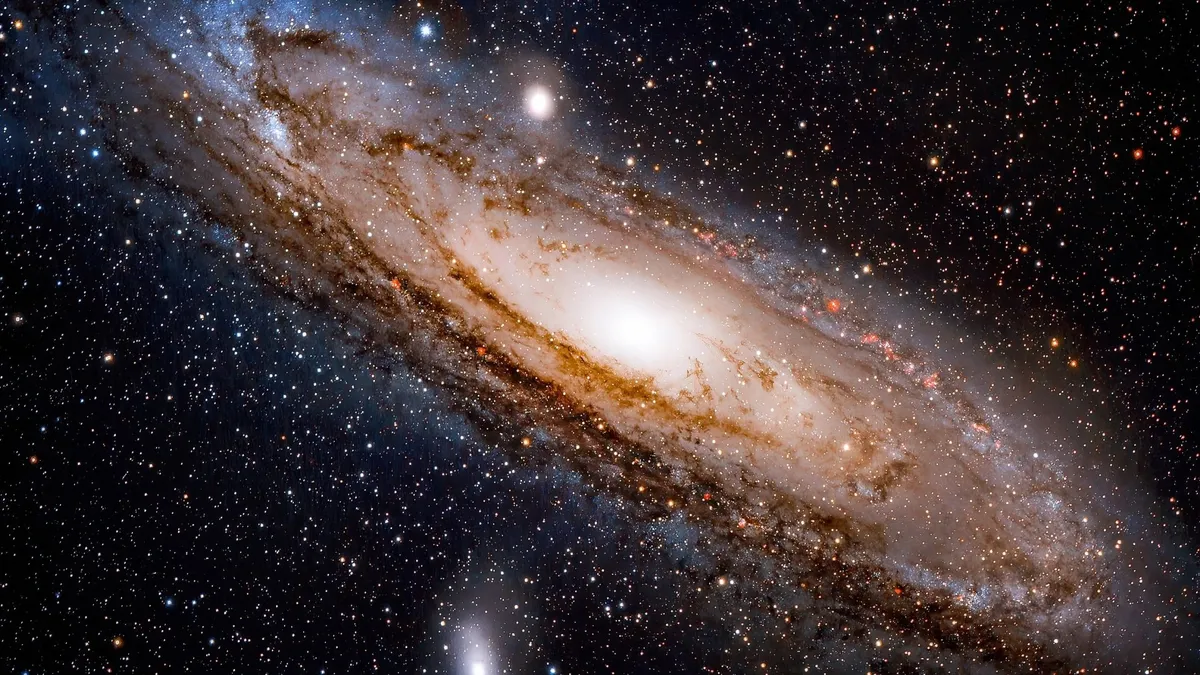Okay, so our the Milky Way got this massive bar at its center. Picture it like a gigantic bridge made of stars stretching thousands of light-years long. This bar connects the swirling arms of stars in our galaxy, kind of like how a spinning lawn sprinkler shoots out streams of water. Usually, in simulations of the Milky Way’s life story, this bar thing forms pretty early on, around the galaxy’s 13-billion-year existence. But, guess what? New info suggests something surprising about the ages of stars in this bar!
Reading the Star Fossils
Now, stars loaded with a bunch of metal elements (not like steel, but elements heavier than hydrogen and helium) are like ancient records telling tales of the Milky Way’s past. These metal-rich stars are made from leftovers of exploded stars that spewed out these metals, enriching our galaxy’s core. The bar at the Milky Way’s heart then kinda tossed these stars around our galaxy.

Gaia Space Telescope to the Rescue!
Scientists used data from the Gaia space telescope by the European Space Agency to piece together how this bar thingy evolved and affected the metal-rich stars’ distribution. It’s like figuring out where baseball batters stand in a game by watching where the balls they hit go, even if you can’t see home plate.
Time Travel with Stars
By tracking the ages of these metal-rich stars, the scientists noticed a burst of star formation in the galaxy’s center that fizzled out roughly 3 billion years ago. That slowing down seems to be when the Milky Way’s bar stopped growing. After that star burst, the flow of new stuff into the bar probably dropped off big time. So, it looks like the bar we see today has been stable for about 10 billion years, which is way younger than the whole galaxy.
More to Come from Gaia
This new info about the metal-rich stars is just the beginning! There’s a ton more data coming from the Gaia telescope. Cristina Chiappini, one of the scientists, is thrilled about the new age estimate for the bar. She thinks future models of how our galaxy evolved will have to explain why this bar took so long to grow.
Big Picture Stuff
This study isn’t just fixing the Milky Way history. Ortwin Gerhard, another scientist not involved in this research, says that thanks to detailed observations from Gaia, we can learn not just about our galaxy’s bar, but also about how bars develop in other galaxies out there. This means more cool discoveries about space evolution just by peeking at our own Milky Way!



